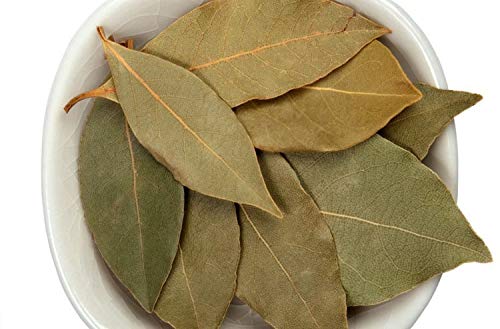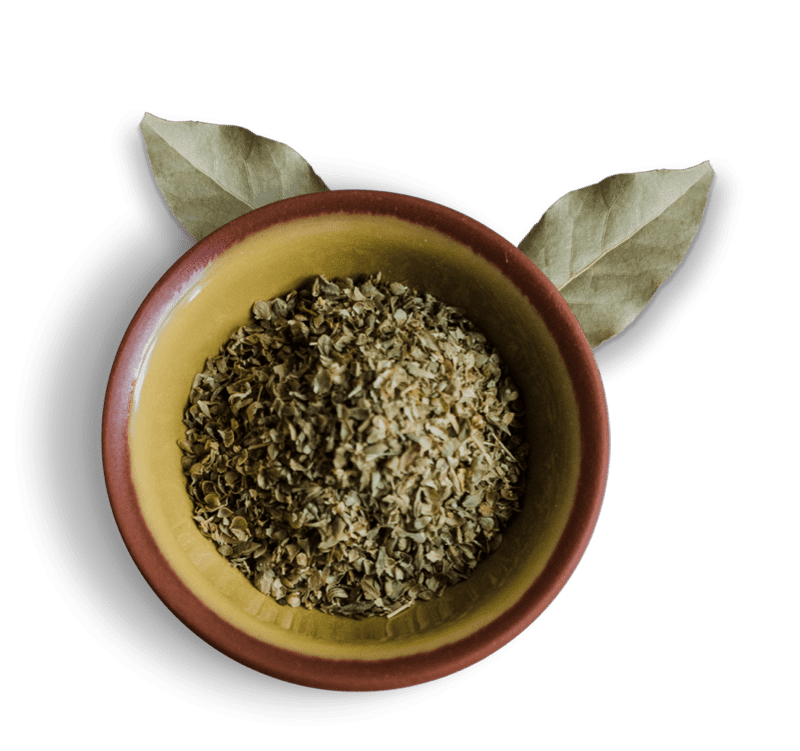
Introduction
Tejpatta is the dried leaves of the plant Cinnamomum tamala. It belongs to the family Lauraceae and genus Cinnamomum which has around 270 species of plants that grow authentically in Asia and Australia.
Tejpatta is also known as Indian bay leaf is a small evergreen or perennial tree, which means it grows throughout the year and bears fruits every year of its life span.
Typically, the tree grows up to 12 meters in height and the leaf of this tree is around 12-20 cm long and 5-8 cm wide in the center with three long nerves running from base to apex of the leaf.
Where is Tejpatta Found?
The Indian Bay leaf grows naturally in the North-Western Himalayan region, Sikkim, Assam, Mizoram, Meghalaya, tropical and sub-tropical Asia, South Asia, the Pacific region, and in Australia. As a spice, it is used in various cuisines especially in northern Indian food and it imparts an aromatic odor and taste.1
Other Names of Tejpatta
The India Bay leaf is known by various English names like
- Indian cassia
- Malabar leaf
- Indian bark
- Malabathrum.
It is also known by various names in the vernacular languages of India like
- Tejpatta (mainly pertaining to the dried leaves) in Hindi
- Tezpat in Urdu
- Patraka in Kannada
- Tamalapatram in Malayalam2
Nutritional Value of Tejpatta:
Macronutrient Content in 1 tsp of Crumpled Leaf4
| Portion size | 1 tsp = 0.6 g |
| Amount per portion | |
| Calories | 1.9 Kcal |
| Total Fat | 0.1 g |
| Cholesterol | 0.0 g |
| Total carbohydrate | 0.5 g |
| Protein | 0.1 g |
Micronutrient Content in 1 tsp of Crumpled Leaf4
| Portion size | 1 tsp = 0.6 g |
| Amount per portion | |
| Vitamin A | 1.850 mcg |
| Vitamin B1 | 0.000 mcg |
| Vitamin B2 | 0.003 mg |
| Vitamin B3 | 0.012 mg |
| Vitamin B6 | 0.010 mg |
| Vitamin B9 | 1.080 mcg |
| Vitamin B12 | 0.000 mcg |
| Vitamin C | 0.300 mg |
| Vitamin D | 0.000 mcg |
| Calcium | 5.000 mg |
| Iron | 0.300 mg |
| Sodium | 0.100 mg |
| Potassium | 3.2 mg |
| Magnesium | 0.72 mg |
| Manganese | 0.049 mg |
| Phosphorus | 0.68 mg |
| Selenium | 0.02 mcg |
| Ash | 0.1 g |
| Water | 0.1 g |
Health Benefits of Tejpatta:
The herb has diverse therapeutic uses and benefits which are as follows2,5,6,7
Benefits of Tejpatta for the Brain
- Many studies show that the Indian bay leaf extracts possess anti-depressant effects, that is it can elevate the person’s mood.
- It has anxiolytic effects, meaning it can produce calmness in a person experiencing. Thus, it is useful in the management of psychological disorders.5
Benefits of Tejpatta for the Skin & Hair
- This plant has skin whitening properties, as it reduces the activity of the enzyme tyrosinase which is needed to produce melanin which is the dark pigment present in the skin.5,6
- Tejpat oil is also useful for eczema-like skin disorders where the skin is dry and flaky.2 These benefits are due to its antioxidant, antimicrobial and anti-inflammatory properties.
- The leaf is also used in treating head lice due to its insecticidal activity.7
Benefits of Tejpatta in Cases of High Blood Sugar
- It lowers blood sugar levels due to its antioxidant properties which help the body to use insulin better.
- It is used to lower cholesterol and triglyceride levels as well when given to diabetic patients.
Benefits of Tejpatta as an Insect Repellent:
- Tejpatta is used as an insect repellent as it contains lauric acid which gives it the insecticidal property.
- It has been used to repel mosquitoes and to protect grains like wheat, rice, oats, and barley from insects.7
Benefits of Tejpatta for the Lungs:
- Firstly, the herb is useful in treating the common cold as it reduces running nose which is the primary symptom experienced by patients.
- It is useful in bronchial asthma by reducing cough.
- It has been tried in cases of complications of tuberculosis.
- Due to its kapha balancing property, it can control the cough, help release mucus and cleans the air passages; therefore, it is useful in all the above-mentioned conditions.2
Benefits of Tejpatta for the Uterus:
It is seen to improve the blood circulation of the uterus and is useful in bleeding disorders of the uterus.5
